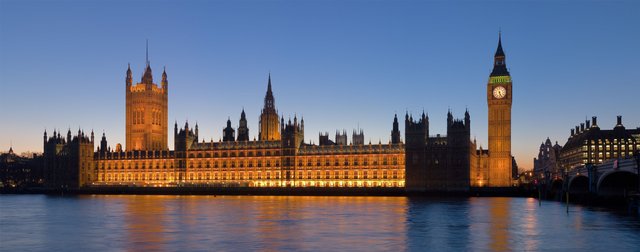A BRIEF HISTORY OF WESTMINSTER LONDON
London's Westminster is a blend of innovation and convention. This is where antiquated places of worship and royal residences blend with the inescapable buzz of the capital. Children on float sheets coast through Trafalgar Square while the groups of old rulers rest soundly inside the dividers of Westminster Monastery. Remain in a Portland Dark colored adjusted condo in Westminster to genuinely inundate yourself in the noteworthy, political heartland of London and the UK.
The narrative of Westminster began more than a thousand years prior when a gathering of Old English Saxons, who were living around Bringing down Road, manufactured a little church.
The congregation ("minster") was based on the west side of Lundenwic, a Somewhat English Saxon exchanging focus, thus it ended up plainly known as "West-minster".
West-minster was based on Thorney Island, an old historic point framed by the Thames and Tyburn Streams, only upstream of medieval London.
Today, the old Thorney Island sits unobtrusively underneath Parliament Square, framing its establishments. Westminster Monastery involves the island's most elevated point with the encompassing lanes – Story's Door, Extraordinary Smith Road, and Incredible School Road – following the courses of streams that once moved through here.
In the Medieval times Westminster was viewed as partitioned to London. Fields isolated the two territories and they were associated just by The Strand, a street that kept running along the muddy banks of the stream Thames. The Strand still exists today in spite of the fact that it has since been moved further inland.
It wasn't until the late seventeenth Century that the zone began to build up a more fabulous notoriety. Avenues started to be laid out and the marshland of St James' Stop was given new life when it was depleted by Henry VIII to be utilized for chasing. At the point when Charles II went to the position of royalty, it was rehashed as the general population's stop, open to people on foot.
Around this time, points of interest began to jump up all finished Westminster: in 1703 Buckingham Royal residence was worked for the Duke of Buckingham, in spite of the fact that the primary ruler to live there was not until Ruler Victoria in 1837. For the most part thought to be the main English Head administrator, Robert Walpole was given 10 Bringing down Road in 1732 by George II. He reevaluated the working as the official living arrangement of the English PM, starting a pattern that proceeds right up 'til today.  The structures of Stallion Protect's Parade taken after completed in 1755 and the Regal Institute of Expressions was established in 1768.
The structures of Stallion Protect's Parade taken after completed in 1755 and the Regal Institute of Expressions was established in 1768.
The Places of Parliament, for quite a while known as the Royal residence of Westminster, have their own history. Worked by the penultimate Somewhat English Saxon Lord, St Edward the Questioner, in the meantime as Westminster Monastery.
The royal residence invited legislative issues. As far back as 1265, Simon de Montfort's parliament (the first to incorporate delegates of all the real English towns) met in the Royal residence, as did the principal official Parliament of Britain, the Model Parliament, in 1295.
Fire in the early years of Henry VIII's rule influenced the Lord to move out to the Castle of Whitehall, leaving Westminster to be utilized by the two places of parliament and different imperial law courts.
It was in the eighteenth century that the Royal residence of Westminster began evolving significantly, moving into the Places of Parliament. With constrained space, Parliament was attempting to do its business legitimately. Rather than building another royal residence, more structures were added to the current castle.
After another fire in 1834, it was the undertaking of planner Charles Barry as a team with Augustus Pugin to re-assemble the castle. Barry joined gothic and traditional components while Pugin concentrated on gothic insides – backdrops, carvings, recolored glass and floor tiles.
Throughout the years, the building, over and over, was demonstrating its versatility – surviving flames and extraordinary change. It was amid the Second World War that the places of Parliament were extremely tried. Amid the Rush, the building was shelled on 14 isolate events. However despite everything it stands, undauntedly, today.
In cutting edge London, Westminster has turned out to be synonymous with legislative issues. The zone is home to legislators, dropping out of the parliament bar and into dark taxicabs and columnists, cruising the passages of the Places of Parliament and the eateries close-by, sniffing out stories. It is additionally a vacationer center, nearby Londoners avoid selfie-sticks on Westminster Extension. Westminster is the place London, in every one of its structures, meets up in a delightful and clamorous impact.
Well hello there!
